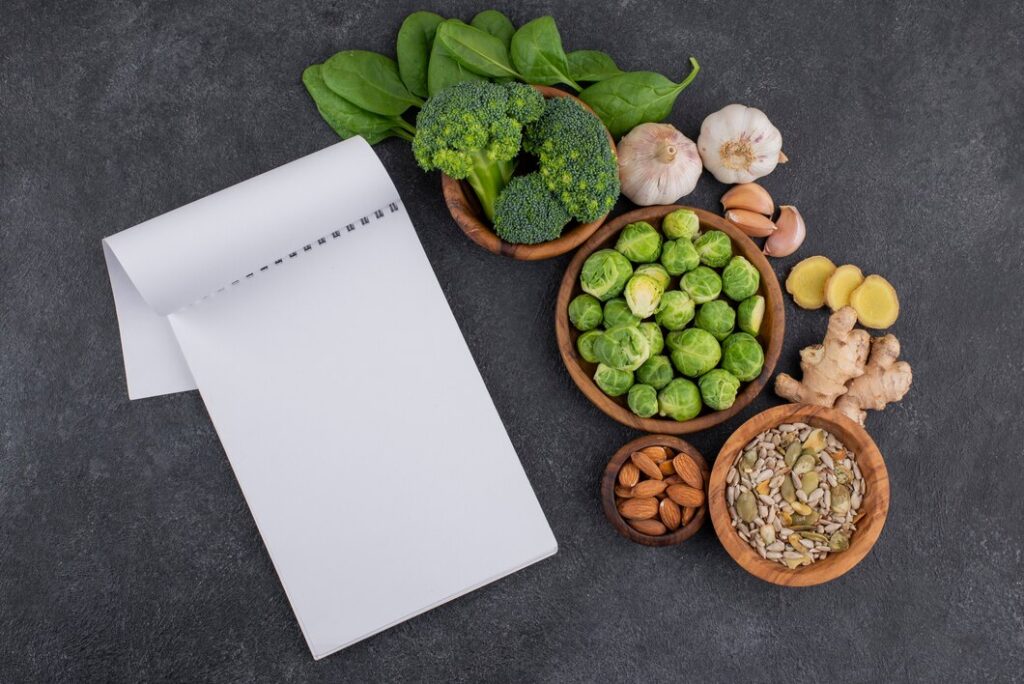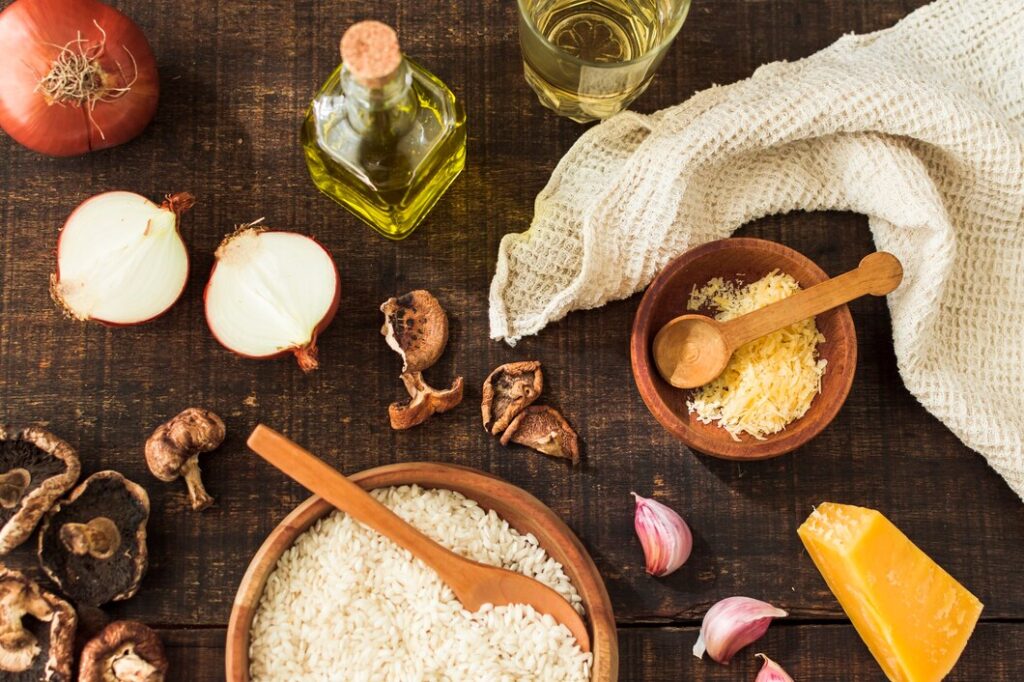There is an article on How to fix low blood pressure, or hypotension.
Table of Contents
Low blood pressure, also known as hypotension, is a condition where blood pressure levels drop below the normal range, typically below 90/60 mm Hg. It can be classified into different types, including orthostatic hypotension (a sudden drop in blood pressure upon standing), postprandial hypotension (drop in blood pressure after eating), and neurally mediated hypotension (caused by miscommunication between the heart and brain). Causes can range from dehydration and prolonged bed rest to more serious issues like heart problems and endocrine disorders. Common symptoms include dizziness, fainting, blurred vision, and fatigue.
Chapter 1: Natural Dietary Adjustments

1.1 Hydration is Key
Staying well-hydrated is crucial for maintaining healthy blood pressure levels. Water helps increase blood volume, which can alleviate hypotension symptoms. In addition to water, incorporating electrolyte-rich fluids can be beneficial. Electrolytes such as sodium, potassium, and magnesium play a vital role in maintaining fluid balance and blood pressure. You can create homemade electrolyte drinks using natural ingredients like lemon juice, a pinch of salt, and honey.
1.2 Nutrient-Rich Foods
Iron is essential for preventing anemia, which can lead to low blood pressure. Foods rich in iron include spinach, lentils, and red meat. Vitamin B12 and folate are also important as they help produce healthy red blood cells. Including eggs, dairy products, and fortified cereals can boost your intake of these vitamins. Caffeine, found in coffee and tea, can provide a temporary increase in blood pressure by stimulating the cardiovascular system.
1.3 Balanced Diet Plans
Eating small, frequent meals can help prevent sudden drops in blood pressure, especially postprandial hypotension. Large, carbohydrate-heavy meals can cause blood pressure to fall, so it’s best to distribute your food intake throughout the day. Adding a little more salt to your diet can help retain fluids, thus increasing blood pressure. However, it’s important to consult a healthcare provider before making significant changes to your salt intake.
Chapter 2: Lifestyle Modifications

2.1 Physical Activity
Engaging in gentle exercises like walking, yoga, and Tai Chi can improve blood circulation and overall cardiovascular health. Consistency is key, and even small amounts of daily activity can make a significant difference. Incorporating strength training can also help enhance blood flow and muscle tone, which supports healthy blood pressure levels.
2.2 Posture and Movement
Making gradual movements can prevent sudden drops in blood pressure. For instance, when getting out of bed, it’s helpful to sit up slowly and pause before standing. Elevating the head of your bed by a few inches can also help reduce the effects of orthostatic hypotension. Compression stockings can be worn to prevent blood from pooling in the legs, thus improving circulation and preventing dizziness.
2.3 Stress Management
Stress has a significant impact on blood pressure. Practicing relaxation techniques such as meditation, deep breathing exercises, and progressive muscle relaxation can help manage stress levels. Creating a stress-free environment at home and work, by organizing your space and prioritizing tasks, can also contribute to better blood pressure control.
Chapter 3: Home Remedies and Traditional Approaches

3.1 Herbal Remedies
Ginger has been used traditionally to improve circulation and can be consumed as tea or in meals. Licorice root tea is another herbal remedy that can help raise blood pressure by influencing cortisol levels. Ashwagandha and other adaptogens can help the body manage stress, indirectly supporting healthy blood pressure levels.
3.2 Traditional Practices
Ayurvedic medicine offers several remedies for hypotension, including herbal preparations and dietary recommendations. Traditional Chinese Medicine (TCM) also provides various herbs and acupuncture techniques that can help regulate blood pressure. Homeopathy, though controversial, is used by some to address low blood pressure symptoms with individualized treatments.
Chapter 4: When to Seek Medical Help

4.1 Understanding When it’s Serious
Recognizing severe symptoms, such as persistent dizziness, confusion, and fainting, is crucial. These can indicate a more serious underlying condition that requires medical attention. Untreated hypotension can lead to shock, a life-threatening condition.
4.2 Medical Treatments
Medical treatments for low blood pressure may include prescription medications like fludrocortisone, which helps increase blood volume, or midodrine, which raises blood pressure by constricting blood vessels. In extreme cases, invasive procedures might be necessary. It’s important to work with a healthcare provider to determine the best treatment plan based on individual needs.
Chapter 5: Case Studies and Personal Stories

5.1 Real-Life Examples
Hearing from individuals who have successfully managed low blood pressure can provide practical insights and encouragement. Personal accounts can detail various strategies, from dietary changes to lifestyle modifications, and their effectiveness.
5.2 Expert Opinions
Interviews with healthcare professionals, such as cardiologists and nutritionists, can offer expert perspectives on managing hypotension. They can provide insights into innovative treatments and the latest research in the field.
Chapter 6: Myths and Misconceptions

6.1 Common Misunderstandings
There are many myths surrounding low blood pressure, such as the idea that all salt is bad or that only high blood pressure is dangerous. Clarifying these misconceptions with evidence-based information can help individuals make informed decisions about their health.
6.2 Facts vs. Fiction
An evidence-based analysis of common beliefs about hypotension can help separate facts from fiction. Scientific backing for recommended practices ensures that the advice given is reliable and effective.
Things You Should Know
Recap of Key Points
Summarizing the effective strategies for managing low blood pressure can reinforce the information provided. Encouraging a balanced approach that includes dietary adjustments, lifestyle changes, and when necessary, medical intervention, is essential.
Final Thoughts
Emphasizing the importance of individualized approaches and regular health check-ups can help individuals maintain healthy blood pressure levels. Encouragement to seek balance in all aspects of life, from diet to stress management, can support overall well-being.


